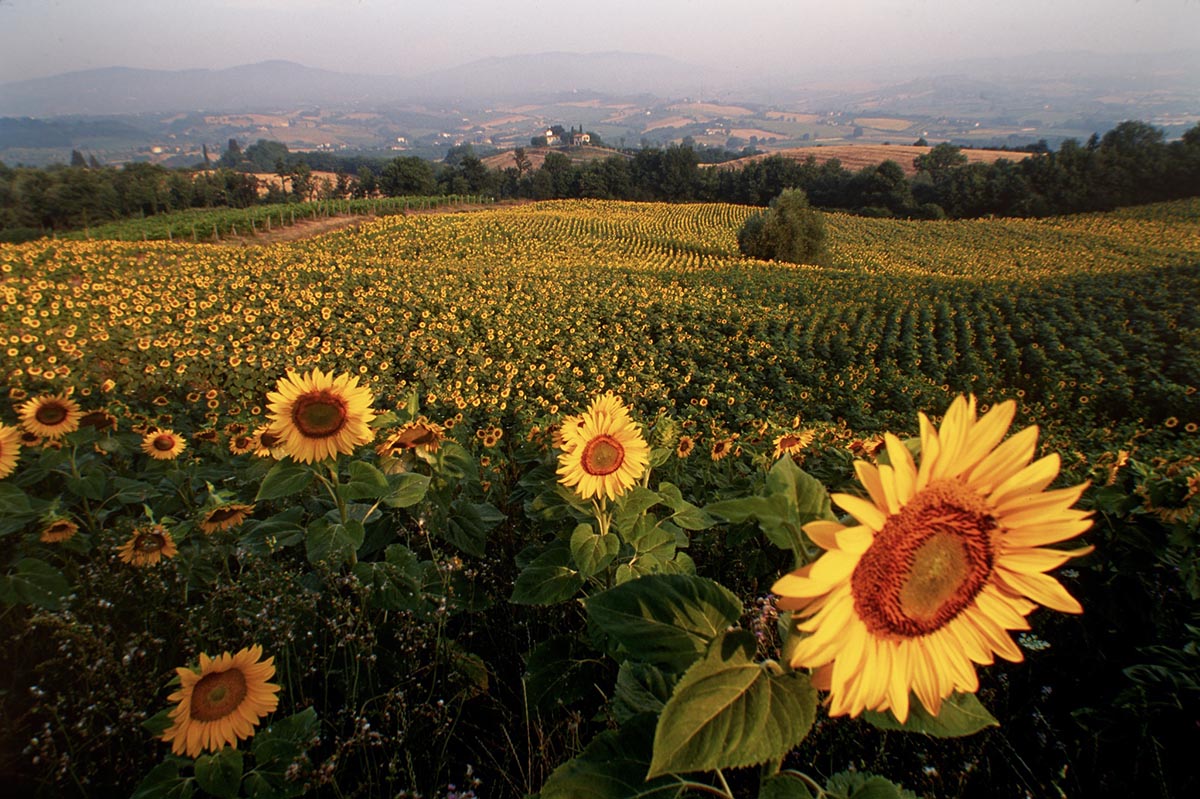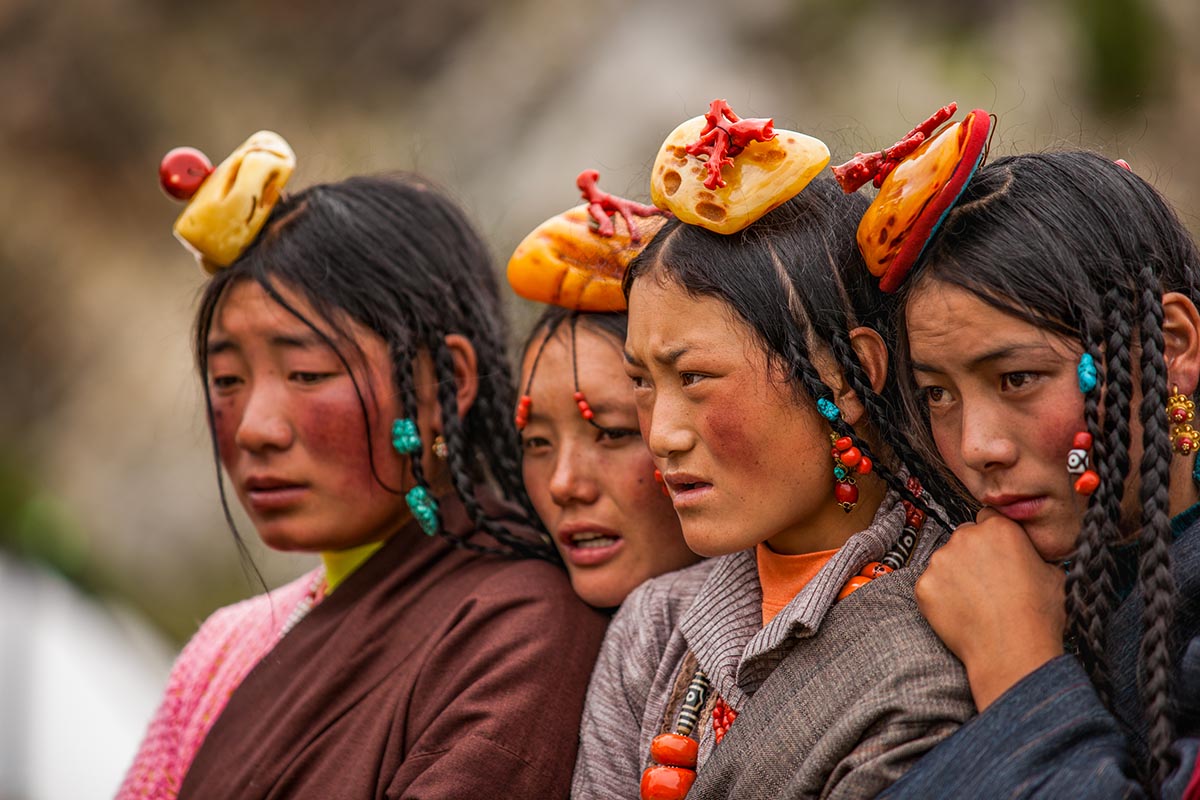As we tuck into our pad thai lunches at Chester, New Jersey’s Thai Kitchen restaurant, longtime National Geographic photographer Michael Yamashita warns me, “You may not believe my answer.”
I’ve just asked Yamashita, 73, who’s made photos for the brand’s famous magazine for some 40 years and produced 16 books of his work, how he went from being an unknown, self-taught photographer in his early 20s to becoming one of the world’s most famous, well-traveled photographers today.
“Simple. I have been very lucky,” he says with a smile. He takes a quick sip of scalding tea and adds, “Ouch! … But there’s more. Somebody up there likes me!”

As I will learn over the next few hours, the answer is classic Yamashita. For someone so successful, he’s remarkably modest, self-deprecating, and even a bit shy. However, as we continue chatting over lunch at one of his favorite restaurants, it’s clear the award-winning photographer owes his career as much to his eye for what he calls “page-stopper” images and for hard work as he does to luck.
Take, for example, the way he landed his first National Geographic assignment. After graduating from Wesleyan University, this third-generation Japanese-American went to Japan on what he calls his “roots tour.” Over several years there he learned the language, bought his first camera, and fell in love with both the country and photography. He moved around Asia for a few more years, working some editorial and commercial assignments before landing a career-changing gig as a contract photographer for Singapore Airlines.
“This allowed me to travel all over Asia, and I eventually built up a varied portfolio of Asia-related images,” he remembers. “I hoped to make photography my career, but there was a major problem: All the big weekly picture magazines such as Life and Look had folded. There was really only one left, National Geographic. But I thought my chances of landing an assignment with them was next to impossible.”

Michael Yamashita
Nevertheless, armed with his portfolio, he wangled an appointment with legendary National Geographic director of photography Bob Gilka in Washington, D.C. Gilka was known to be as demanding as he was tough. National Geographic veteran photographer Steve McCurry once compared meeting Gilka to coping with Judgment Day. “I had some nerve, huh?” jokes Yamashita.
Remembers Yamashita, “He was intimidating, that’s for sure. But he eventually said, ‘Hmm, you do good work with a camera. Here’s 100 rolls; go shoot this assignment [on skier Jean-Claude Killy in France] for National Geographic for Kids.’ Apparently, he liked what I eventually shot because several months later I landed my first assignment, on Hokkaido, for National Geographic magazine itself. The staff photographer who was supposed to take the assignment had fallen ill. I couldn’t believe my luck. I was on cloud nine. And I’ve never looked back.”
After lunch, as we sit in Yamashita’s home studio, he shows me a wall of 35mm slide folders and digital files containing the images he’s made over 40-plus years. He’s traveled throughout nearly every Asian country on assignment and onto six continents, producing articles as well as feature documentaries on a host of subjects ranging from Marco Polo to The Great Wall to the Chinese explorer Zheng He.
“You’re looking at my legacy,” says Yamashita as he points to the slides and images that fill his neat-as-a-pin studio. “Thanks largely to National Geographic assignments over the last 40 years, I’ve amassed more images on Asia than anyone else in the world. For example, I started going to China before most other photographers were allowed in and I’ve been back on countless assignments. I have so many images of sights that are no longer in existence; China especially has changed so quickly.”
Says fellow National Geographic veteran photographer and longtime friend Steve McCurry, “In addition to having an excellent eye for composition, Mike has an incredible capability to blend in and put his subjects at ease. He’s also a self-starter who doesn’t wait for the phone to ring but comes up with his own great ideas.” Yamashita’s most famous work was also, he admits, his most fulfilling. He remembers the day he was reading about the 1995 book “Did Marco Polo Go to China?” He explains, “That blew my mind. I’d come across [the name] Marco Polo countless times in my Asian and European travels. I’d stayed at the Marco Polo hotel in Singapore, eaten at a Venice restaurant named after him, and even smoked Marco Polo cigarettes in Indonesia. But the author was claiming he never left his home, that he was a fake.”

Intrigued, he sent a proposal to National Geographic offering to follow the fabled explorer’s journey from Venice through the Middle East and into China. “Again, the gods were smiling on me, and I got the assignment,” he says. The four-month assignment turned into a four-year-long obsession. “I had a severe case of what one writer has called Marco Polo fever,” he explains.
The hard work paid off. National Geographic ran his piece, in which he traced the footsteps of the famous explorer over three consecutive issues. He followed the magazine piece with an award-wining documentary and a book that has sold more than 250,000 copies.
Yamashita, who has also lectured, run photo workshops, and exhibited his work around the world, has been generous in giving back to less experienced photographers. In that spirit, he offers these insights along with images that illustrate them.

BE ORIGINAL. DON'T COPY.
“How do you shoot an iconic scene that has been photographed a gazillion times before by both amateurs and professionals? My assignment was to highlight the two columns on the quay in Venice from where, legend has it, Marco Polo embarked on his travels in the 13th century. I chose to be there on a day in September when my research told me the Grand Princess, then the world’s largest cruise ship, was to pass by at 10 a.m. Just as I envisioned, the ship arrived (though a little late), sailing into view, dwarfing the two columns. As an added bonus, the ship blew its horn, and the pigeons took to the air as I emptied my entire roll of 36.”

THE BEST CAMERA IS THE ONE IN YOUR HAND.
“It’s not all about equipment. In Manhattan I walked by these two buses stopped at a traffic light and noticed this juxtaposition of advertisements on their sides. I moved quickly down the middle between the two and composed this photograph with my cell phone, the only camera I was carrying. I made it back to the sidewalk just before the light turned green. The best camera is the one you have with you.”

SERENDIPITY ALWAYS HELPS.
“Luck is good. In this region near the Persian Gulf, the women wear a distinctive form of hijab, red face masks, which I thought would make a great cover for my NG [National Geographic] story. I spent an entire morning shooting portraits of women in the village against a variety of backgrounds—windows, doorways, and adobe mud walls. I packed up my gear and was walking back to my car thinking I had a good cover candidate among the 10 rolls of 36 I had shot, when I saw this woman washing clothes in a stream. She glanced up for maybe just two seconds. I managed to fire off three frames before she went back to her work, and this completely unplanned moment became the cover. Right subject, right light, right angle and gesture, and a lot of photographers’ luck. ABS: Always be shooting!”

I AM A ONE-PICTURE, TELL-IT-ALL PERSON.
“I am a storyteller and am always looking for a page-stopper, a single stunning picture that grabs your attention and makes you stop and want to read the caption and sucks you into the story. This photograph of tourists on a camel trek around a 1,000-foot mountain of sand became the signature frame for a National Geographic magazine story on Marco Polo. It summed up Marco’s arduous crossing of one of the most inhospitable environments on earth. By searching out an unusual angle far from the crowds of tourists, using backlight and under-exposing, you cannot see the numbers on the sides of the camels and the tourists in their modern sportswear. The viewer is taken back to the 13th century and Marco’s journey along the Silk Road.”

SHOOT LIKE I’M STILL A FILM GUY.
“I don’t look at the back of the camera while shooting because I am afraid I may miss the moment. In my workshops I always tell students to turn off their camera’s preview button and stop continually peeping at the LCD screen to see if they got the picture. While there is a time to be looking at pictures, it’s not generally in the field. If I had been peeping when I took this picture, I would have missed this moment and never known that yaks have gray tongues.”

LOOK FOR THE REAL MOMENT, NOT A SETUP.
“I still cannot set up a picture and feel good about that. I won’t ask anyone to repeat an action or ‘walk there again.’ For example, normally kids at this age would be making faces at the photographer. But I shot without attracting the kids’ attention by standing at a distance with the sun rising directly behind me so they were blinded by the early morning light and could only see me in silhouette.”

BE INCOGNITO.
“I try to be unobtrusive; I don’t like putting a large camera and lens in someone’s face. I leave a small footprint and don’t often talk to engage my subjects because that will change the equation. In fact, I prefer the person may be a little uncomfortable. Shooting monks in most monasteries is forbidden. But it’s my job to get that picture. I invest the time hanging out and just waiting doing email till my subjects get comfortable enough to ignore my presence. To look less like a pro, I carried one small camera, a Sony point-and-shoot, to take this photograph.”

I AM A TRADITIONALIST.
“I don’t like curved lines or distortions. Rather, I am a linear, clean graphic kind of guy .... I often say a photo should be ‘lensless’ and I like shooting either very wide or very long and not much in between. By careful subject placement and a low angle, I was able to shoot this 24mm scene with minimal distortion.
Robert Kiener is a writer in Vermont.


 View Gallery
View Gallery


